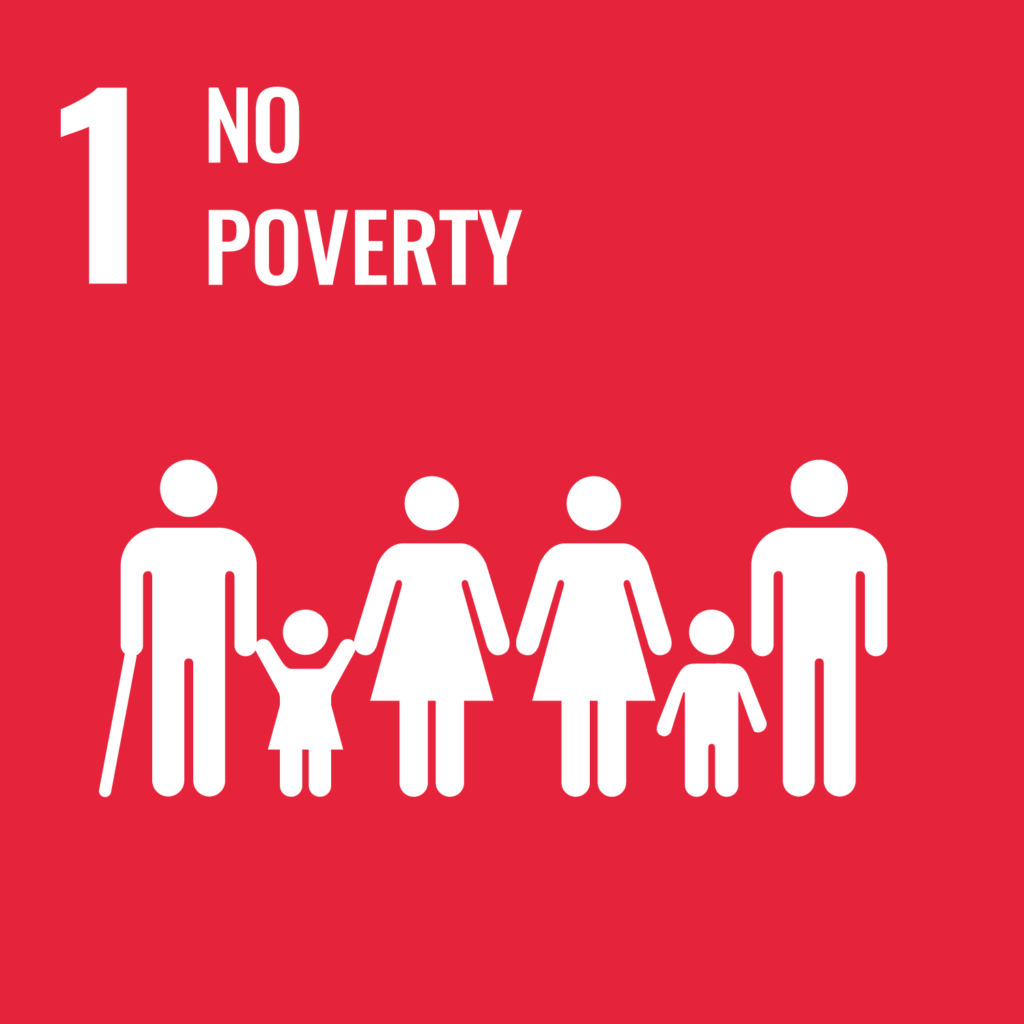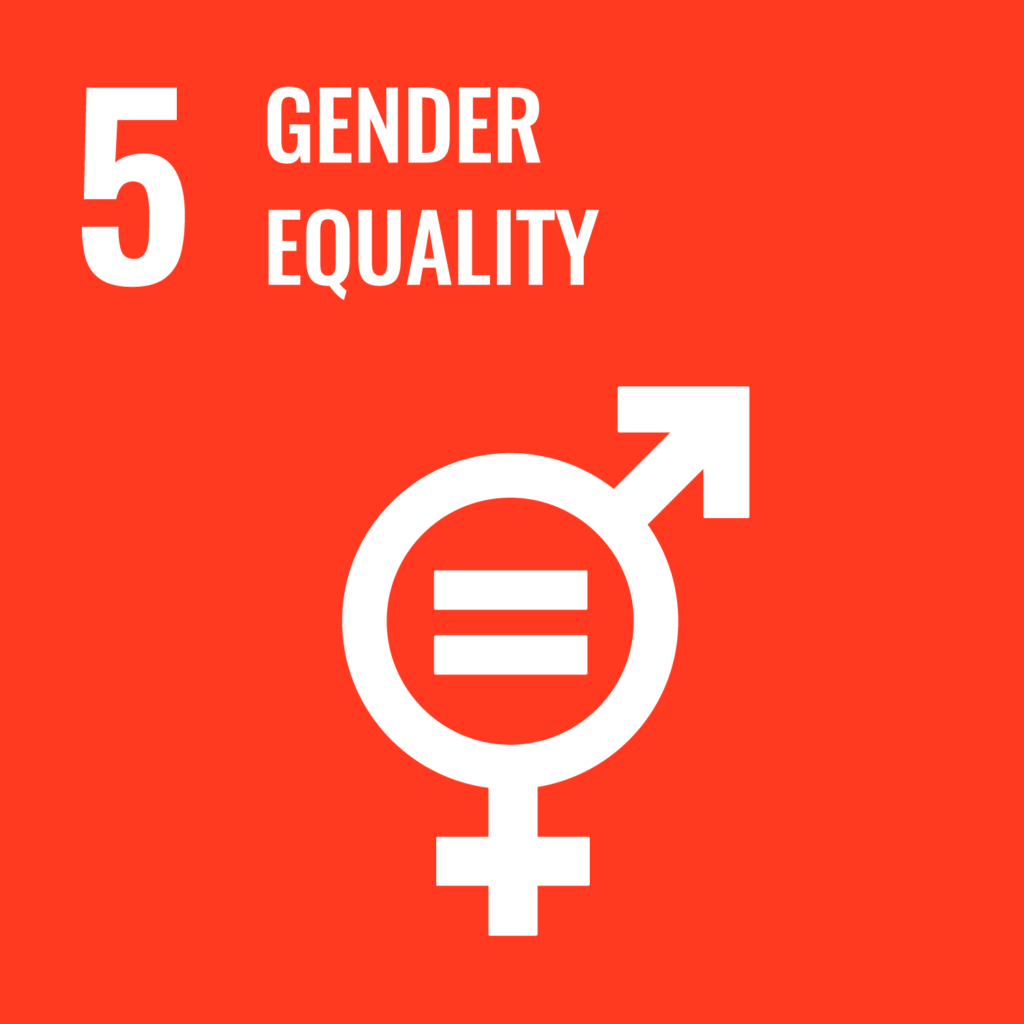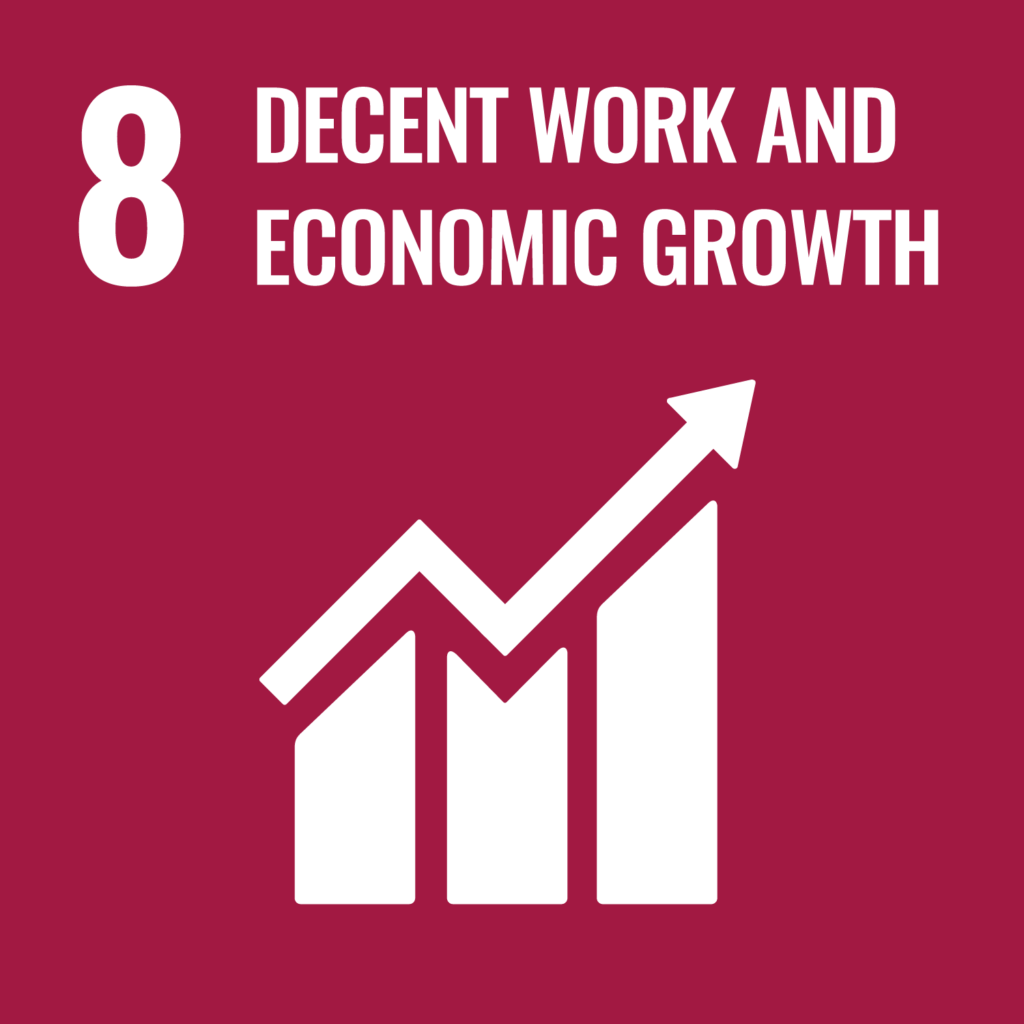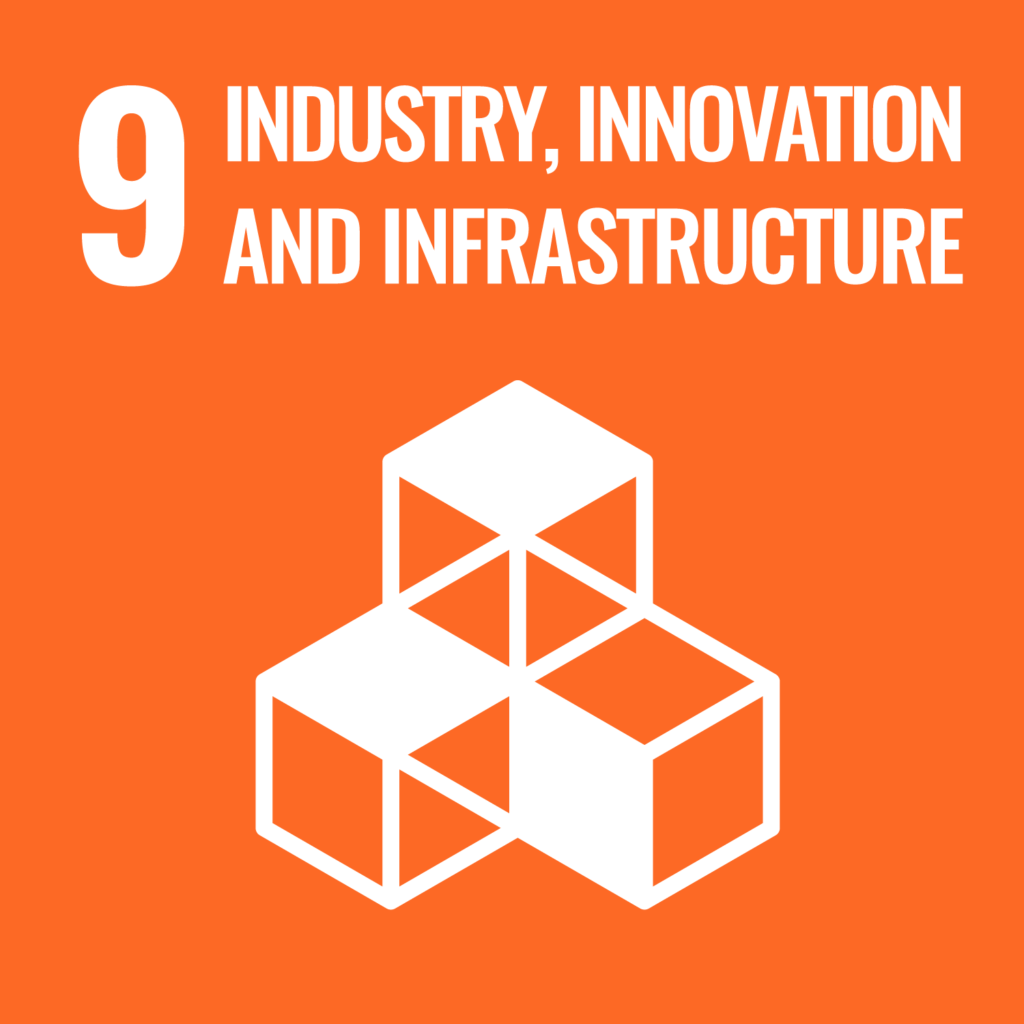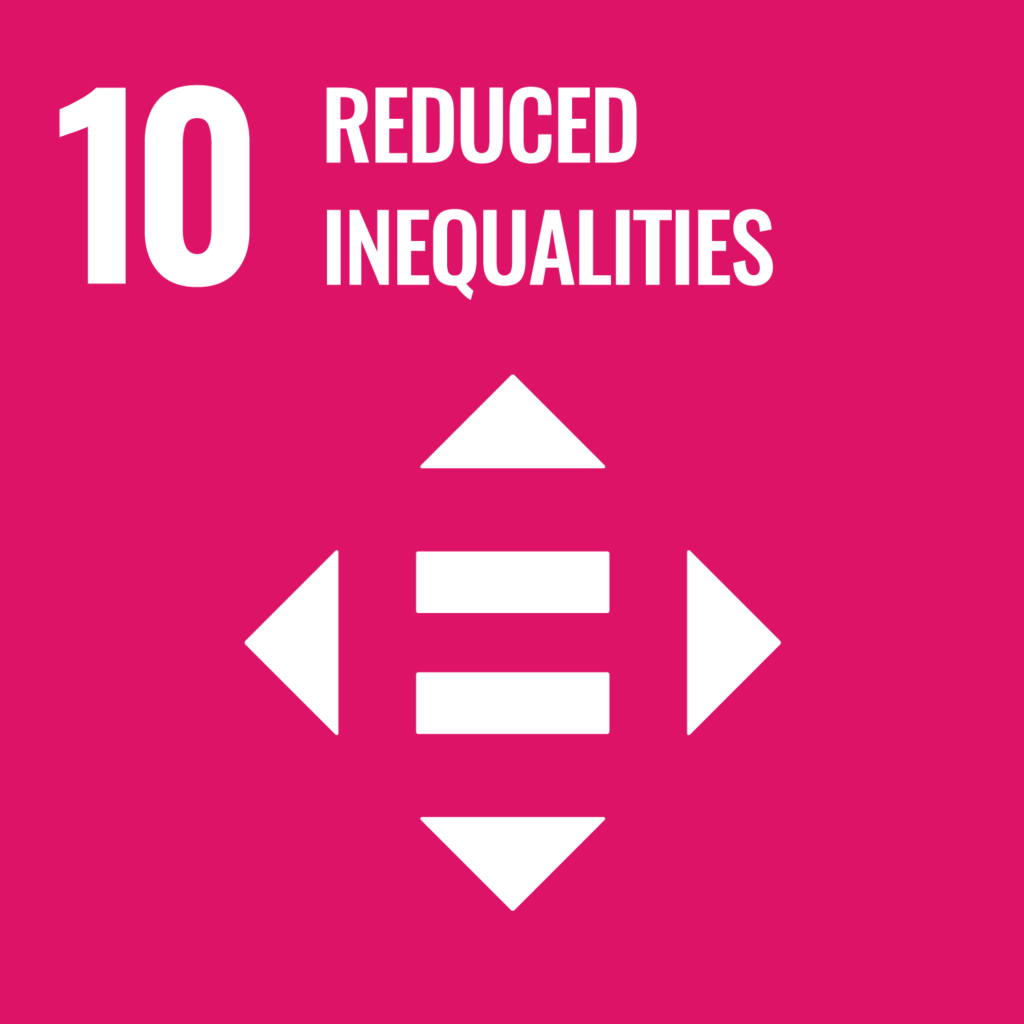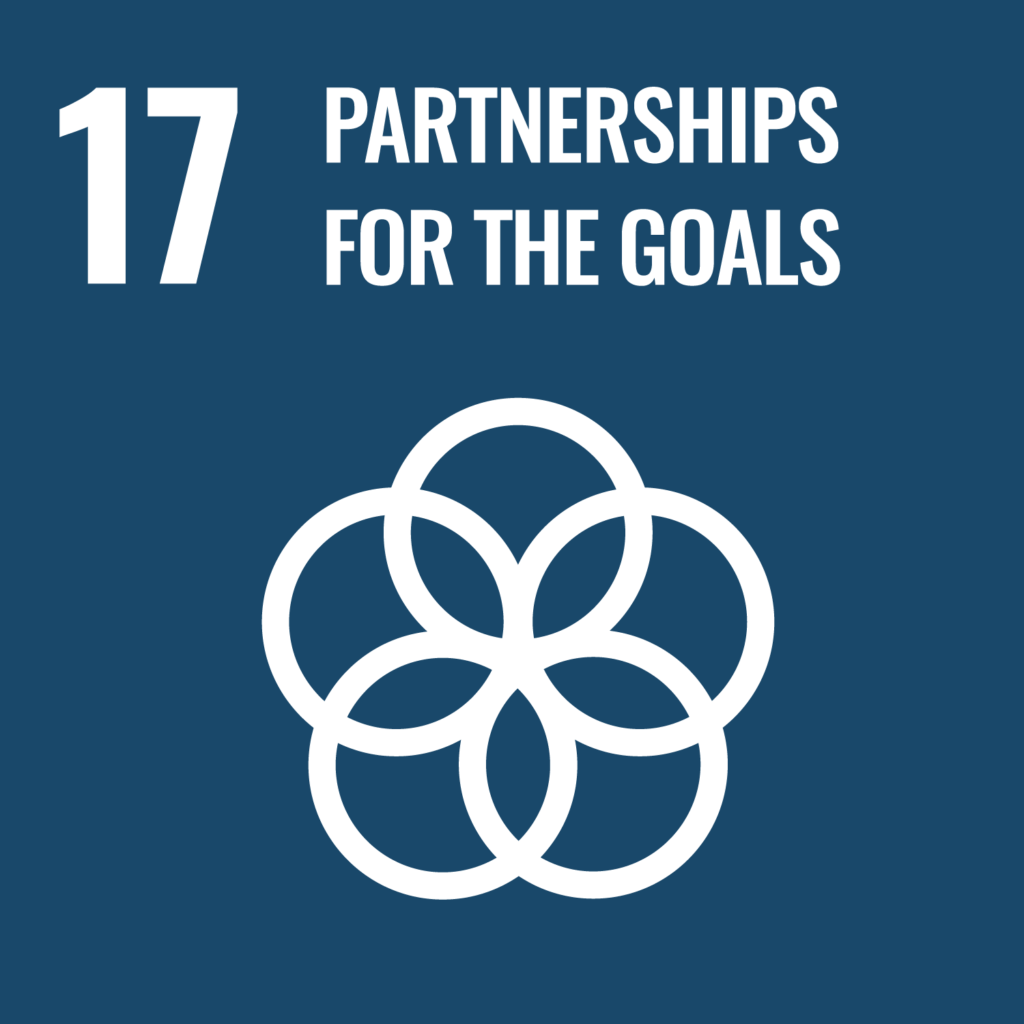How can broadband connectivity help LDCs overcome their vulnerabilities, grow their economies, and enhance the lives of their citizens?
The Broadband Commission for Sustainable Development’s Working Group on Broadband for the Most Vulnerable Countries was organized to review experiences of leveraging broadband infrastructure for development in four Least Developed Countries (LDCs): Cambodia, Rwanda, Senegal and Vanuatu, and to identify recommendations to leverage global partnerships in support of increased access to broadband services in these countries. The Working Group was chaired by Ms. Fekitamoeloa Katoa ‘Utoikamanu, Under-Secretary-General and High Representative for the LDCs, LLDCs and SIDs at UN-OHRLLS.
Setting the Stage
The Use of Broadband in LDCs
What are LDCs?
In 2018, the Least Developed Countries (LDCs) were comprised of 47 nations suffering from severe barriers to sustainable development. These countries are highly vulnerable to economic and environmental shocks and have low levels of human development. Seventeen LDCs are landlocked developing countries (LLDCs) and nine are small island developing states (SIDS).
The case for expansion of broadband use in LDCs
Econometric analysis has found that the economic contribution of broadband is highest among different digital technologies. Yet demand for and productive use of broadband in LDCs has not always matched the growing supply. Causes have included weak digital literacy, unaffordability of smartphones, lack of relevant local content and applications, patchy mobile broadband coverage and limited capacity among policy makers to apply broadband across different sectors of economy. Productive use of broadband also relates to the development of local e-Business, which is hindered by shortcomings with the promotion of local entrepreneurship, access to capital and facilitating laws and business services. Broadband is a general purpose technology , whose adoption and impact take time to grasp and diffuse. Broadband technology is relatively recent in these study countries and has not quite reached a tipping point.
National policies play an important role in attracting investment in ICT infrastructure and services. At the same time, it is important to also address the weak digital literacy, unaffordability of smartphones, lack of relevant local content and applications, patchy mobile broadband coverage and limited capacity among policy makers to apply broadband across different sectors of economy – all of which create lower demand for and productive use of broadband in LDCs,
- Increased investment in ICT infrastructure and maintenance and improved regulatory framework for ICT markets are required.
The Way Forward
Conclusions and Recommendations
Findings
The Working Group’s 2018 Report titled Broadband for National Development in four LDCs: Cambodia, Rwanda, Senegal, and Vanuatu, found that all four countries had made notable gains in broadband coverage and affordability between 2015 and 2018. But, despite the progress, they still had work to do to make mobile broadband universal. LDCs should strive to balance the different elements of their broadband ecosystems as Coverage, affordability and digital literacy are often lopsided.
- Narrowband services such as text messages in the health and agricultural sector and mobile money have achieved some traction in the study countries.
- Broadband impacts have been more modest, with only a few examples of high speed and innovative services in the education and health sectors but few have scaled to widespread use.
- Broadband is a General Purpose Technology (GPT) — technologies that benefit a large segment of the economy and have long-lasting effect—whose effects take time to emerge
- There are limited resources among governments to invest in both digital training for their staff and in broadband applications and services.
- Largely, the private sector has remained untapped.
Key multistakeholder recommendations:
The report reflects on lessons from the four case studies to propose the following recommendations aimed at expanding access and unlocking the full development potentials associated with the use of high-speed internet.
- Digital training and awareness need to be magnified among both citizens and governments. There is generally a narrow focus on broadband as infrastructure rather than the services it enables. A holistic vision is required that identifies how broadband can be applied across different sectors in an integrated manner.
- Governments need to ensure the existence of enabling legislation that builds trust in the digital economy. These include laws governing electronic transactions, consumer protection, data privacy and information security. This will result in consumers and businesses having greater confidence in using and developing online services.
- There needs to be better coordination among the government, private sector, educational institutions and development partners to enhance broadband use. Dialogue among the government, the private sector and academic institutions is essential for understanding skills requirements in order to plan necessary training.
- Better systems are needed to monitor and evaluate broadband impacts. There is scarce economic and employment data about the key industries that comprise the digital sector. This makes it difficult to construct meaningful strategies or adapt them to changing market conditions
- We can indeed be encouraged by the notable advances and gains in broadband coverage and its affordability all four countries realized. These achievements materialized in substantially differing contexts and market environments
The Working Group Model
Composition and Activities

Ms. Fekitamoeloa Katoa ‘Utoiamanu
Under-Secretary-General and High Representative for Least Developed Countries, Landlocked Least Developed Countries and Small Island Developing States (OH-OHRLLS)
Chairs: Ms. Fekitamoeloa Katoa ‘Utoiamanu
- UN-OHRLLS (Chair)
- Novartis Foundation
- Inmarsat
- Intelsat
- International Telecommunications Satellite Organization (ITSO)
- ISTIC, Malaysia
- Nokia
- Carlos M. Jarque, America Movil/FCC
- Global Partnerships Forum
- UN Global Pulse
- VEON Ltd.
- Ericsson
- Dr Speranza NDEGE – Kenyatta University
- Huawei
- UNESCO
- ITU
This Working Group was proposed in Hong Kong Spring meeting in March 2017 and the report was launched at HLPF on July 12th. It was established with the view of generating a corpus of knowledge on inter alia: specific challenges; best practices and opportunities related to investing in broadband infrastructure; enhancing access to broadband; ensuring relevant content and applications; and, enhancing sectoral use and life-changing impacts in LDCs, LLDCs and SIDS.
Press:
Focus Area
Outcome Documents
Chair
Ms. Fekitamoeloa Katoa 'Utoiamanu
Under-Secretary-General and High Representative for OH-OHRLLS
Broadband Advocacy Targets
SDGs


